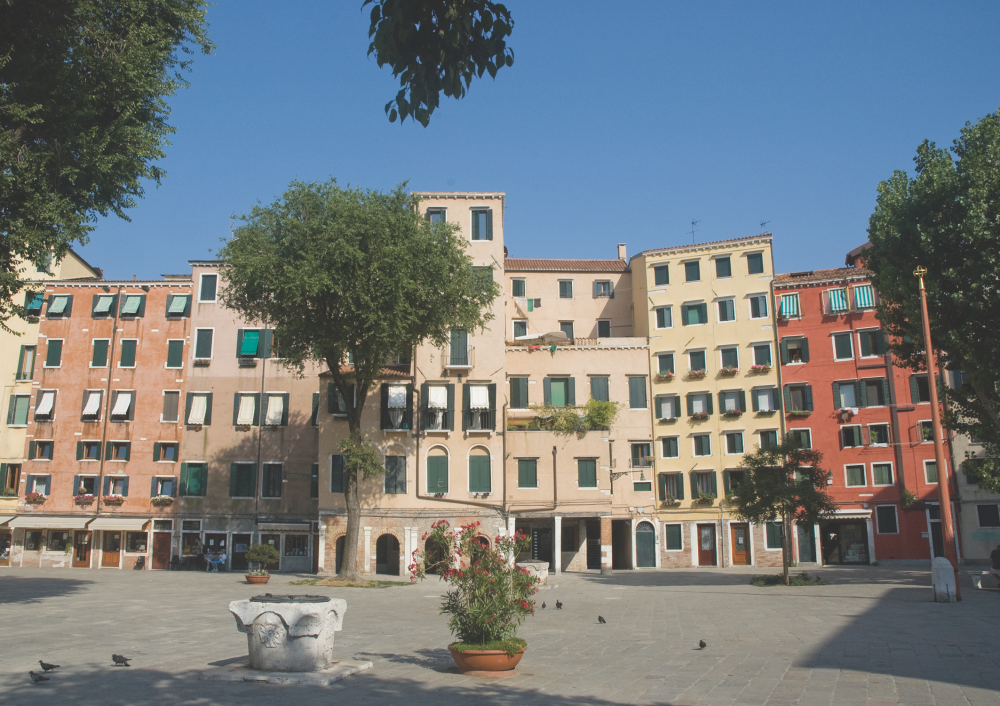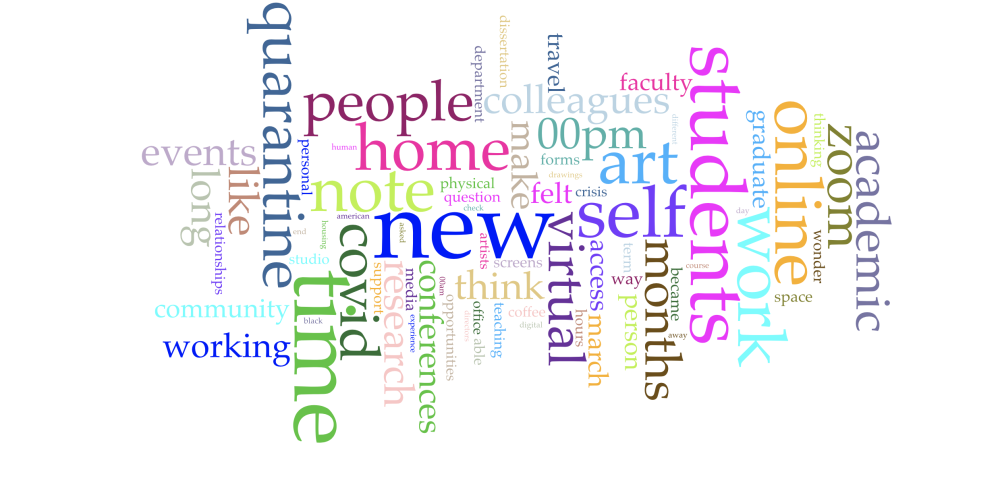How has the past year’s quarantine affected your professional life?
Please click on individual boxes for the introductory essay and individual replies to the question. Thanks!
The Eleventh Day
As the year 2020 came to a close, the New York Times looked back at the twenty phrases that defined this pandemic year. One of the words was “unprecedented,” a buzzword that took hold of US advertising and US politics to mark an extraordinary year filled with racial-justice protests, election anxieties, wildfires, and, of course, the global coronavirus pandemic. Among the COVID-inspired terms to arise in 2020, Times journalist Tim Herrera remarked that the word “pod” made a strong showing in institutional practice and quotidian behavior in the United States. Long associated with life-giving security (“seedpod”) and cozy similarity (“like two peas in a pod”), the word garnered new meaning this past year, “[a]s”—in Herrera’s words—“Americans decided ‘no thanks’ to a genuine, strict and enforced quarantine, [and] settled for limiting in-person socializing to only a small group of friends and family.”1 Instead of quarantine, then, many of us chose a “quaranteam.”
Yet what is “genuine, strict and enforced” about quarantine? Our English word has tangled roots in postclassical Latin and Old Occitan, indexing both the symbolic period of forty days during which a widow mourned or a soldier served and the place where Jesus fasted during Lent.2 Global pandemic precautions have pulled us out of our usual daily rhythms and provoked what musician-musicologist Malachai Komanoff Bandy calls “library grief”3 and other dislocations through measures that are on the whole personal, limited in scale, and largely voluntary. Instead of externally imposed quarantine, the Center for Disease Control offers “guidance” and, at the time of writing, President Biden’s vaccine mandate faces “lukewarm . . . and hostile” responses. Centuries ago, late medieval and early modern Europeans from present-day Dubrovnik to London were subject to genuine, strict, and enforced interventions during their times of plague. As historian John Henderson recently pointed out, public health boards were established across the Italian peninsula; these governmental bodies “coordinated the overall control of plague measures within the city and the state, making sure that the complex system of identifying plague victims, their quarantining or burial, and the isolation of those who had come into contact with the sick, were enforced.”4 The coordination and enforcement of these policies by these public health magistrates made it possible for their constituencies to survive catastrophic outbreaks of deadly disease that occurred there repeatedly between the mid-fourteenth and mid-eighteenth centuries.
From the early fifteenth century, Venice was actively leveraging its unique geography—a cluster of islands in a lagoon (shown in this image of a 1572 engraving) perfectly positioned for pan-European and Mediterranean commerce—to develop strategic public health policies. Venezia la Serenissima (“the Most Serene Republic”) held territories far to the east, at its greatest extent (between 1489 and 1571) including Cyprus, while the city’s fame as the emporium of Europe brought trading partners and eager visitors from across the continent and the Mediterranean world. As a result, early modern Venice teemed with merchants, lacemakers, clothing sellers, bankers, tourists, doctors, and diplomats visiting the city from abroad. Foreign sojourners and settlers alike traveled to the lagoon in search of new market opportunities and a glimpse at the city of the sea, while young Venetian merchants routinely voyaged to Egypt, Syria, and Palestine to learn and to trade, before returning home.
This status as a leading cosmopolitan trading node made Venice particularly vulnerable to the plague, such that systematic strategies of isolating the diseased and the contagious were put into place.5 In 1423, city officials established a hospital permanently dedicated to quarantining the plague stricken on a remote lagoon island near the Lido. This plague hospital became known as the “Old Lazaretto” when, in 1468, Venetians erected a second “new” plague hospital, the Lazaretto Nuovo, on another small island in the northern part of the lagoon. These two restricted quarantine islands had interlocking functions in protecting the city. Those who were sick from plague were sent to the Lazaretto Vecchio to stay in open wards separated by gender. Those deemed contagious, having been in brief or sustained contact with the sick or dead, were sent to the Lazaretto Nuovo. Merchants and their goods arriving from abroad were also sent to the Lazaretto Nuovo, which had a massive warehouse built in 1571 to store and disinfect the incoming merchandise.6
The Venetian system was designed to be double tiered: the plague stricken who survived their stay in the Lazaretto Vecchio were sent for a second period of isolation in the Lazaretto Nuovo before being permitted to return to the city proper.7 As Igor Linkov and Benjamin D. Trump observe, “With regard to efforts at isolating potential sources of infection, Venice’s plague guardians first merged the notions of Lazaretto (isolation in space) and Quarantine (isolation in time).”8 According to their study on the science of resilient thinking, Venice was an “archetype for resilience management because it was implemented at a systems level” that isolated contagion in space and time.9 Thus, although the two-lazaretto system faltered under the worst circumstances, in the best situations the Venetian containment of the plague remained flexible and porous. Populations of patients came to the two island plague hospitals, rotated through, and left. Furthermore, families, suppliers, and officials visited regularly, and solitary confinement in the lazaretti was rare.10 During devastating outbreaks of the plague such as the one in 1575−77, other lagoonal islands—including San Clemente, San Lazzaro, and San Secondo—were taken over as overflow spaces for the Lazaretto Vecchio and Lazaretto Nuovo, and families quarantined in their houses or in parish pods throughout the city.11
Early modern Venice offers a compelling foil to our own largely atomized COVID-19 responses in its systematic administration of quarantine that also expanded to other urban forms. The xenophobia we now see exacerbated by the ongoing pandemic has historical antecedents in late medieval and early modern Europe, where outbreaks of epidemic disease transformed into allegations against vulnerable social outgroups, most notably Jews.12 Whereas plague-spreading conspiracies in medieval Europe resulted in the burning of Jews at the stake, after accusations that they were poisoning wells and tampering with food supplies, early modern Venice instead offered Jews residence in the newly constructed ghetto. On March 29, 1516, the Venetian Senate ordered all Jews residing in the city to move behind the walls of the Ghetto Nuovo in the northernmost district of Cannaregio.13 The mandate stipulated that they would be watched by Christian guards twenty-four hours a day and restricted by a nighttime curfew.
The ghetto was an architectural apparatus based on confinement and surveillance that displaced Jews into sequestered spaces. Ghetto enclosure was predicated on the Jews’ bodily movement through the daily opening and closing of the guarded ghetto gates. Closure and aperture of the Venetian ghetto complex were inseparable and mutually constitutive conditions of the Jews’ confinement, interconnected categories thought essential to the stabilization of Venice’s social geography and economic prosperity. In fact, isolation in the Jewish ghetto came with a key. Archival documents specify that two keys were to be placed “over each of the gates of the ghetto enclosure” to give Jews diurnal contact with Venice.14 As such, the Jews’ temporal isolation was scheduled and regulated. The seventeenth-century Venetian rabbi Leon Modena describes the permeability of the ghetto walls during the daytime hours when the ghetto doors remained open: Jews ventured out to work, shop, gamble, visit Christian friends, and teach Christian children, while Christians entered the ghetto compound in search of loans and trade.15 After nightfall, however, the Venetian government attempted to restrict social contact between Jews and their Christian counterparts. Ghettoization evolved in Venice as a nocturnal pursuit. “Because the darkness of the night offers everyone the possibility of doing evil,” declared Venice’s Council of Ten, the city had to defend the boundaries of night from the potential unruliness of its Jews.16
After 1516, then, Venice’s Jews were quarantined away from the rest of the populace nightly but allowed to interact with the Christian city during the day.17 After 1423, the plague stricken and contagious were quarantined away from the general public on remote lagoonal islands or in their houses and parishes for periods of eight to sixty days.18 Quarantine was thus never meant to be airtight, continuous, or permanent, but rather limited in scope, even when it was—to return to Herrera’s phrase in the New York Times—genuine, strict, and enforced. Giovanni Boccaccio portrayed another famous Italian quarantine in his mid-fourteenth-century series of novellas, the Decameron, as strictly time limited even though it was comfortable and voluntary. The ten young protagonists of the Decameron flee from plague-wracked Florence to the surrounding countryside during the 1348 plague and take turns telling ten stories each day to pass the time. After ten days of stories, they decide to return to their city, not because the plague has ended there but because they see it is time to rejoin society. Thus, on the eleventh day they arrive again in Florence: “There, taking their leave of the seven women in Santa Maria Novella, from which they had all set out, the three young men went off to pursue other pleasures of theirs, while the ladies in due course returned to their homes.”19
We have now embarked on our own long eleventh day, reopening and returning to our own pursuits, though our global pandemic is far from over.20 After a year and a half of experiments in remote, Zoom-mediated sociability, quarantini in hand, we now gather face-to-face in classrooms and cafeterias, movie theaters and museums, to be together again. It seems an opportune moment to reflect collectively on our recent experiences, so in summer 2021 we asked colleagues—historians of art, architecture, landscape, and culture; visual artists and musician-musicologists; curators and museum educators—to answer our quarantine question:
How has the past year’s quarantine affected your professional life?
We received the responses presented here and are pleased that they represent a cross section of AJO‘s readership, including established scholars as well as those in early stages of their professional life. Two artists sent in their visual/aural responses as well. The individual replies that we gathered use word, image, and sound to describe how we have been working and feeling in our personal quarantines of 2020−2021, far removed from the top-down governmental systems exemplified in Venice’s lazaretto and ghetto. As we continue to move out from the past year, we offer these contemporary voices as a snapshot of our own transitional moment, made when we are still viscerally close to the abrupt changes of spring 2020.
An interactive word cloud represents the words most often used by our respondents.21 Unsurprisingly, the responses often referred to “time,”22 a concern that also featured in the New York Times‘s 2020 word of the year, Blursday. Time shapeshifts in our quarantine circumstances, requiring us to reflect on historic quarantines of centuries past to understand our pandemic present. COVID-19 has also brought with it opportunities for novel thinking. As a group, our respondents were also attentive to the “new“23—new topics, new research, new technology, new forms of solidarity, and more—and they were, as well, gratifyingly concerned about our students,24 because they may be the most vulnerable among us. Or perhaps not: some solicited respondents declined our invitation, fearful about voicing aloud the systematic complications and vulnerabilities in and beyond academia that the past eighteen months have laid bare. We have all suffered, and we must all look out for those among us who suffer disproportionately due to structural inequities.25 Classics professor Frederic Nolan Clark noted, “If there was one silver lining in the dark and difficult days that followed [our lockdown], it was watching our very definition of community expand when it was no longer bounded by time or space (or the strange combination of both in that modern construct of the time-zone!) . . . I hope that—in whatever form of future-time we will enter—we keep expanding community exponentially, beyond the walls of universities, cities, and time-zones alike.”26 Let us consider our recent experiences together and work together toward that expansive community.
DANA E. KATZ, art historian and professor, Reed College
LISA PON, art historian and professor, University of Southern California
The co-editors thank Nicole Archer for her warm support of this project.
- Tim Herrera, “The 20 Phrases That Defined 2020,” New York Times, December 18, 2020, https://www.nytimes.com/2020/12/18/style/words-of-the-year-2020.html. ↩
- Oxford English Dictionary, s.v. “Quarantine,” accessed July 16, 2021, https://www-oed-com.proxy.library.reed.edu/view/Entry/155959?rskey=zEEMCp&result=1&isAdvanced=false#eid. ↩
- Malachai Komanoff Bandy, “Exquisite Corpse,” DecamerONline 2 (Fall 2020): paragraph 2, https://dornsife.usc.edu/labs/decameronline/. ↩
- John Henderson, Florence Under Siege: Surviving Plague in an Early Modern City (New Haven, CT: Yale University Press, 2019), 3−4. ↩
- The most complete treatment of coordinated Venetian responses to the plague remains Venezia e la peste, 1348−1797, ed. Venezia Assessorato alla cultura e Belle Arti (Venice: Marsilio Editore, 1979). ↩
- Jane L. Stevens Crawshaw, Plague Hospitals (Farnham: Ashgate, 2012), 210−14. ↩
- Stevens Crawshaw, Plague Hospitals, 65−70. ↩
- Igor Linkov and Benjamin D. Trump, The Science and Practice of Resilience (Cham, Denmark: Springer, 2019), 48, https://doi.org/10.1007/978-3-030-04565-4_4. ↩
- Ibid., 49. ↩
- Lisa Pon, “Leakage, Contagion, and Containment in Early Modern Venice,” in Contamination and Purity in Early Modern Art and Architecture, ed. Lauren Jacobi and Daniel Zolli (Amsterdam: Amsterdam University Press, 2021), 243−66; and Stevens Crawshaw, Plague Hospitals, 14−15, 79. ↩
- Stevens Crawshaw, Plague Hospitals, 84−85, 90−91. ↩
- Pon, “Leakage, Contagion and Containment,” 254−61; and Samuel K. Cohn Jr., “The Black Death and the Burning of the Jews,” Past and Present, no. 196 (August 2007): 3−36. ↩
- For a fuller discussion of the Venetian ghetto, see Dana E. Katz, The Jewish Ghetto and the Visual Imagination of Early Modern Venice (New York: Cambridge University Press, 2017). ↩
- Archivio di Stato di Venezia (ASVe), Inquisitorato agli Ebrei, busta 19, October 22, 1603, carta 458r-v. ↩
- Mark R. Cohen, The Autobiography of a Seventeenth-Century Venetian Rabbi: Leon Modena’s Life of Judah (Princeton, NJ: Princeton University Press, 1988), 5−6. ↩
- ASVe, Consiglio di Dieci, Deliberazioni miste, registro 14 (1450−1454), fol. 18r, December 16, 1450. See also Elisabeth Pavan, “Recherches sur la nuit vénitienne à la fin du Moyen Âge,” Journal of Medieval History 7, no. 4 (December 1981): 346. ↩
- At times the nighttime curfew came with exemptions. See Katz, The Jewish Ghetto, 84−111; and Benjamin Ravid, “Curfew Time in the Ghetto of Venice,” in Medieval and Renaissance Venice, ed. Ellen E. Kittell and Thomas F. Madden (Urbana: University of Illinois Press, 1999), 237-75. ↩
- Stevens Crawshaw, Plague Hospitals, 82−83. ↩
- Giovanni Boccaccio, The Decameron, trans. Wayne Rebhorn (New York: Norton, 2016), 341. ↩
- Ed Yong, “How the Pandemic Now Ends,” The Atlantic, August 12, 2021, https://www.theatlantic.com/health/archive/2021/08/delta-has-changed-pandemic-endgame/619726/?utm_source=copy-link&utm_medium=social&utm_campaign=share ↩
- Stéfan Sinclair and Geoffrey Rockwell, Voyant Tools, accessed September 29, 2021, https://voyant-tools.org/?categories=4ba3bbdd4bed78f383e0b3860228ff0b&view=Cirrus&stopList=keywords-0f2b53e73a86f780f703e13546fda355&corpus=aa362db2d3df1d1ae5faf00db42de90a. In addition to a standard list of stop words, or commonly used words not pertinent for our analysis, the words “professional” (18 occurrences) and “life” (17 occurrences) were removed from the corpus of terms because they came from our question. ↩
- Click on the link to see each respondent’s uses of the word “time” and the passage surrounding it in a table that can be expanded, searched, and reordered. ↩
- Click on the link to see each respondent’s uses of the word “new” and the passage surrounding it in a table that can be expanded, searched, and reordered. ↩
- Click on the link to see each respondent’s uses of the word “students” and the passage surrounding it in a table that can be expanded, searched, and reordered. ↩
- The Chronicle of Higher Education, research brief: “‘On the Verge of Burnout’: Covid-19’s Impact on Faculty Wellbeing and Career Plans,” 2020, https://connect.chronicle.com/rs/931-EKA-218/images/Covid%26FacultyCareerPaths_Fidelity_ResearchBrief_v3%20%281%29.pdf ↩
- Frederic Nolan Clark, “The Tenth Day,” DecamerONline 3 (Fall 2021): paragraph 1, https://dornsife.usc.edu/labs/decameronline/. ↩

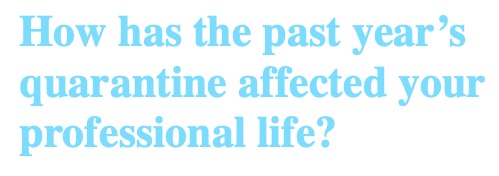
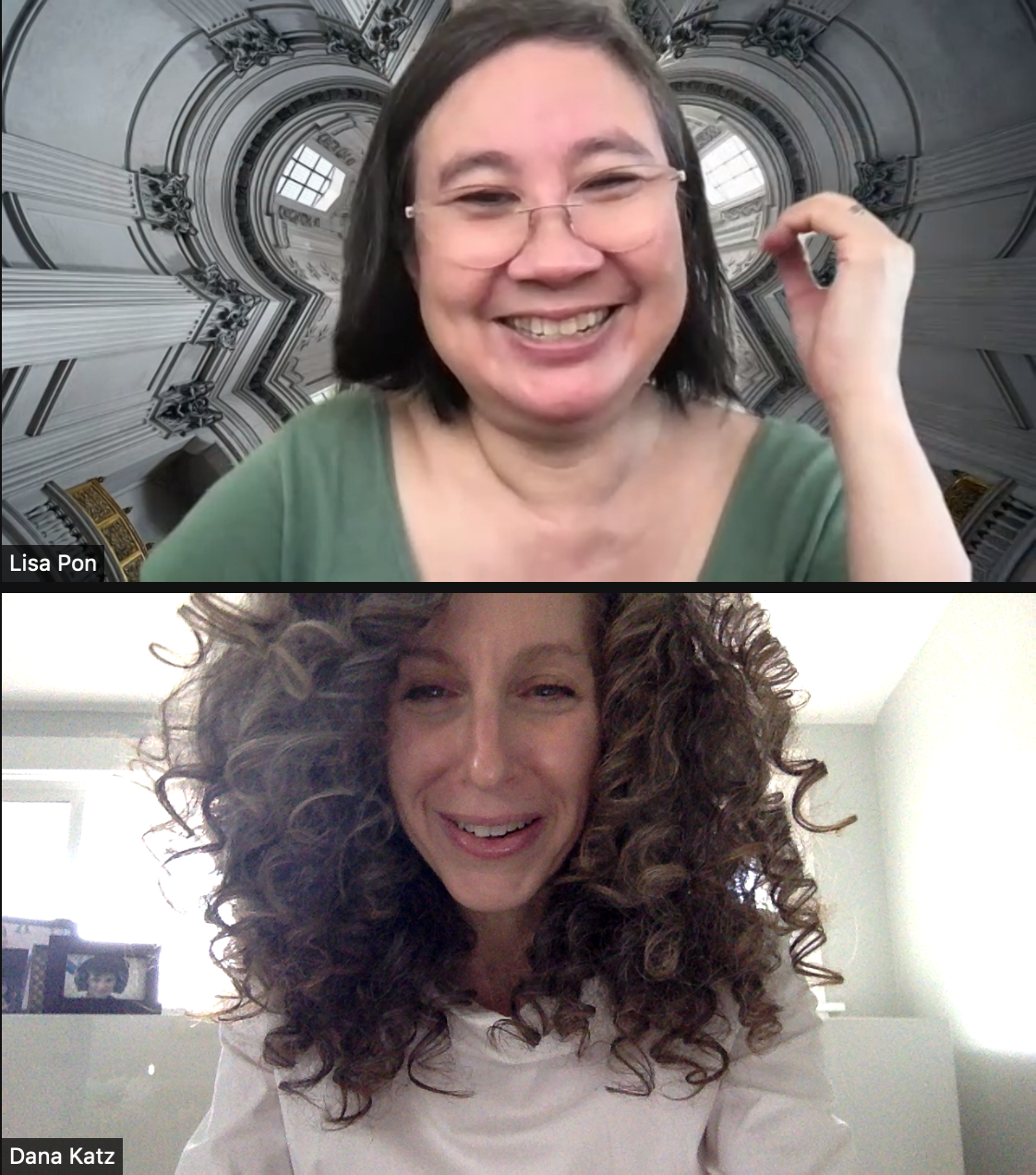
 Alexis
Alexis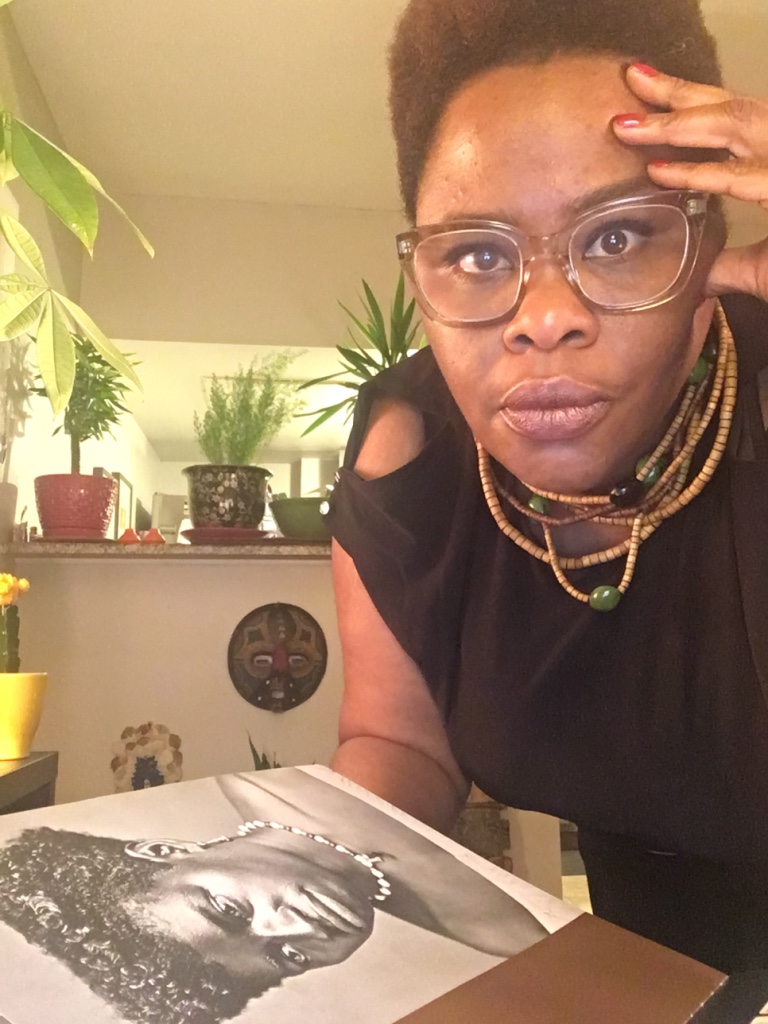 Beatriz E.
Beatriz E.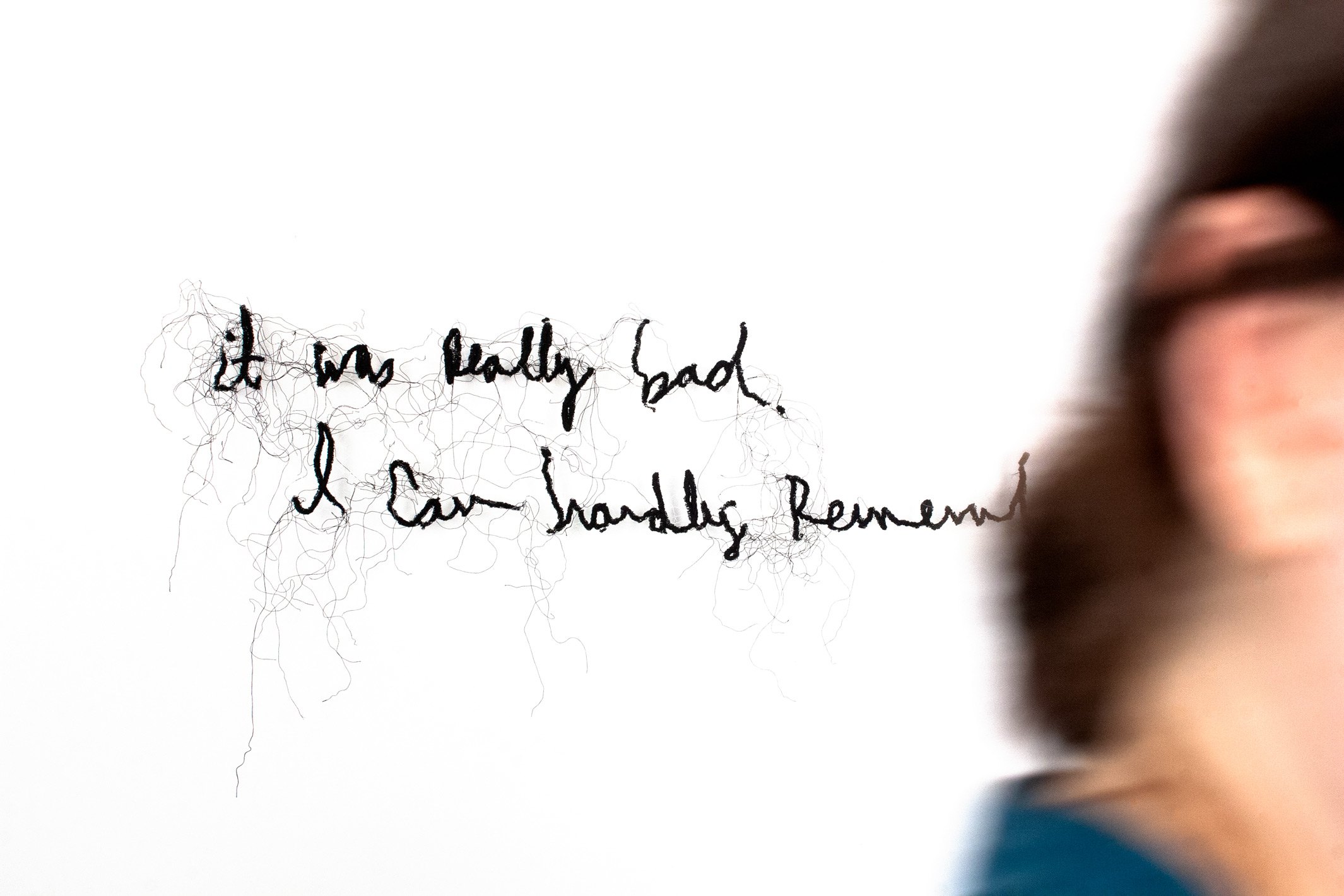 Rebecca
Rebecca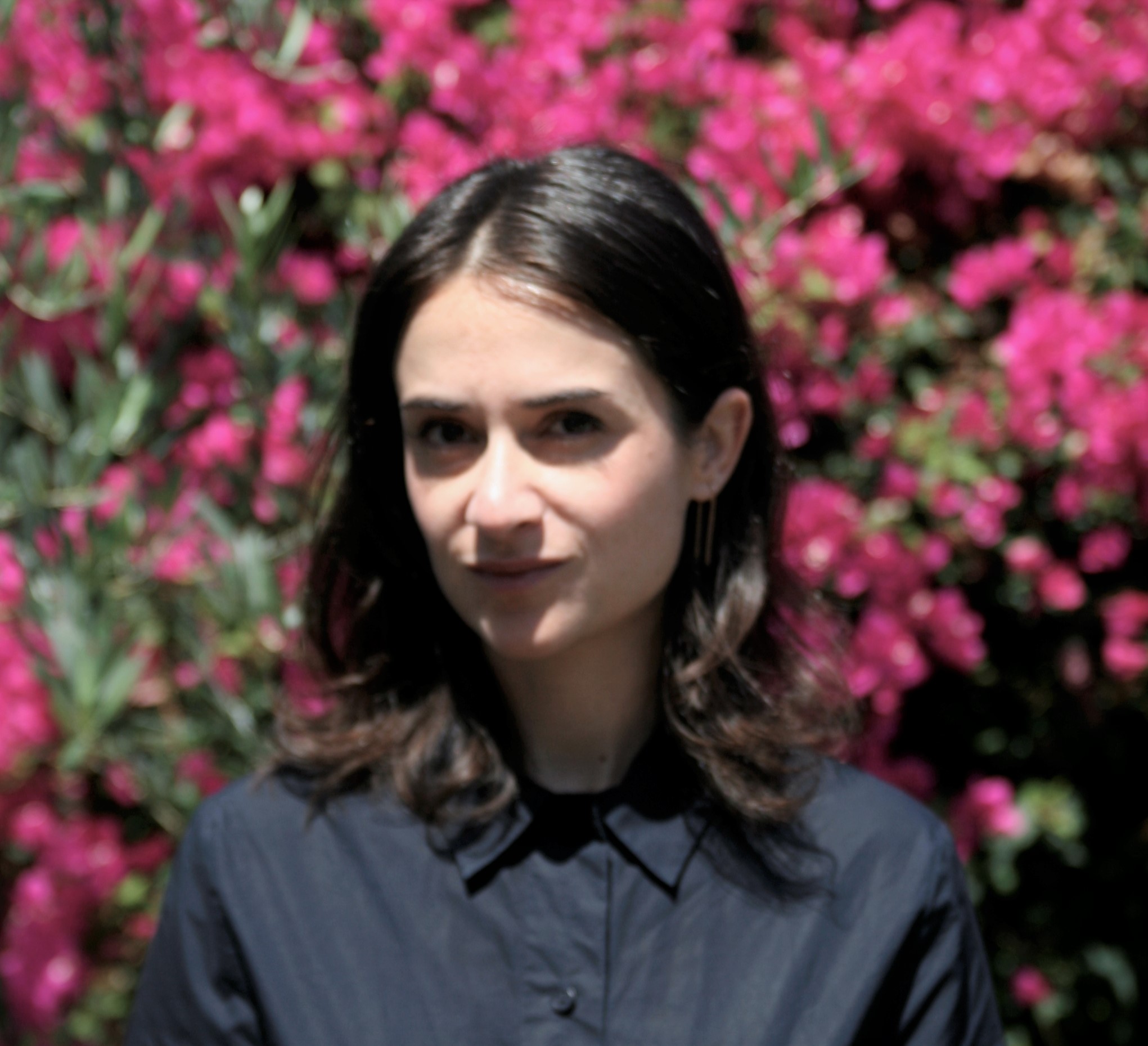 Paloma
Paloma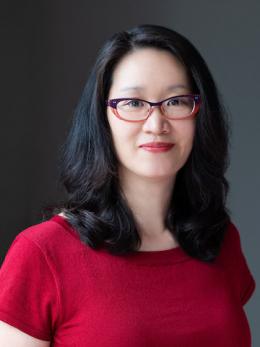 Bonnie
Bonnie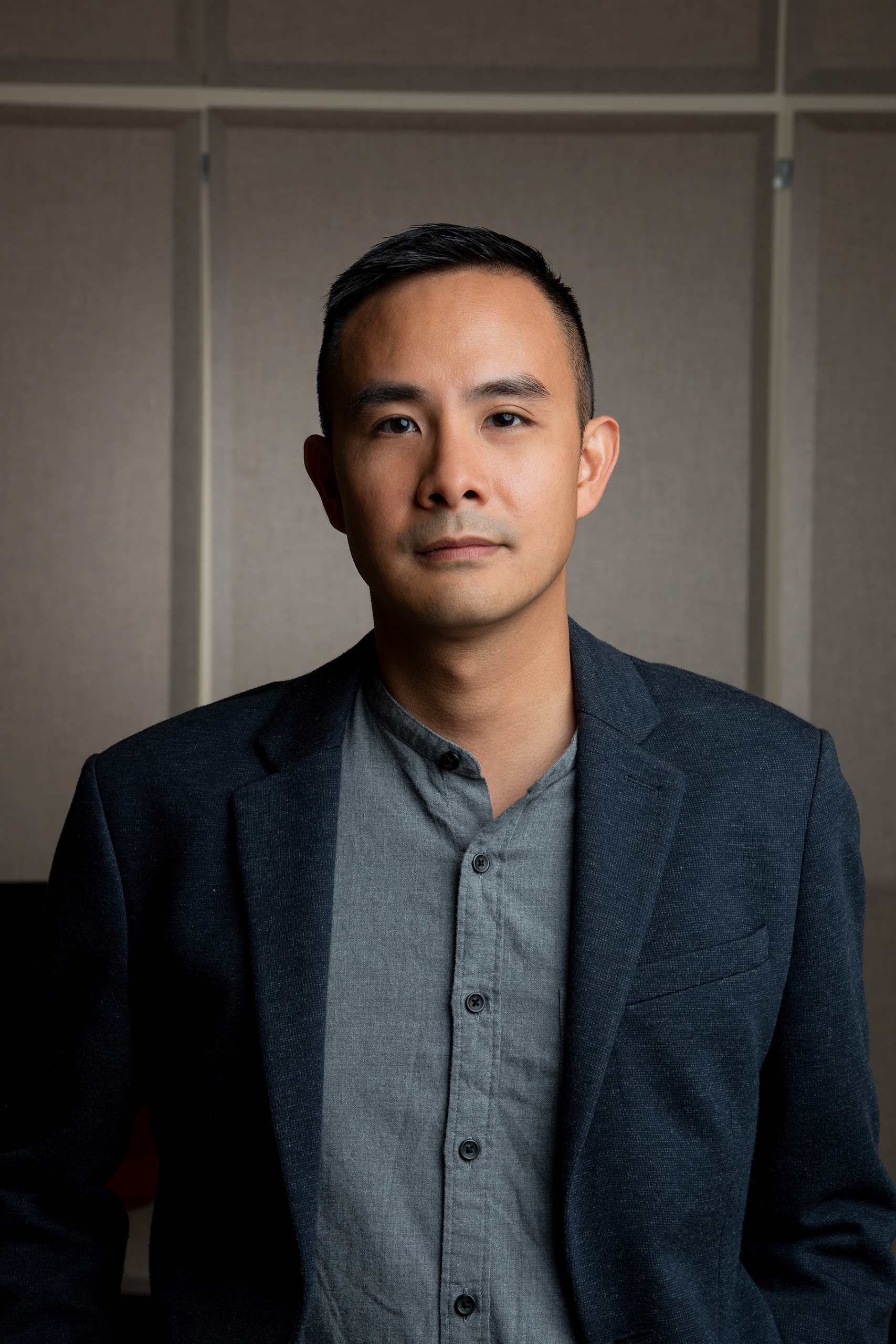 Remi Chiu
Remi Chiu Darby
Darby Jesús
Jesús 
 Christine
Christine 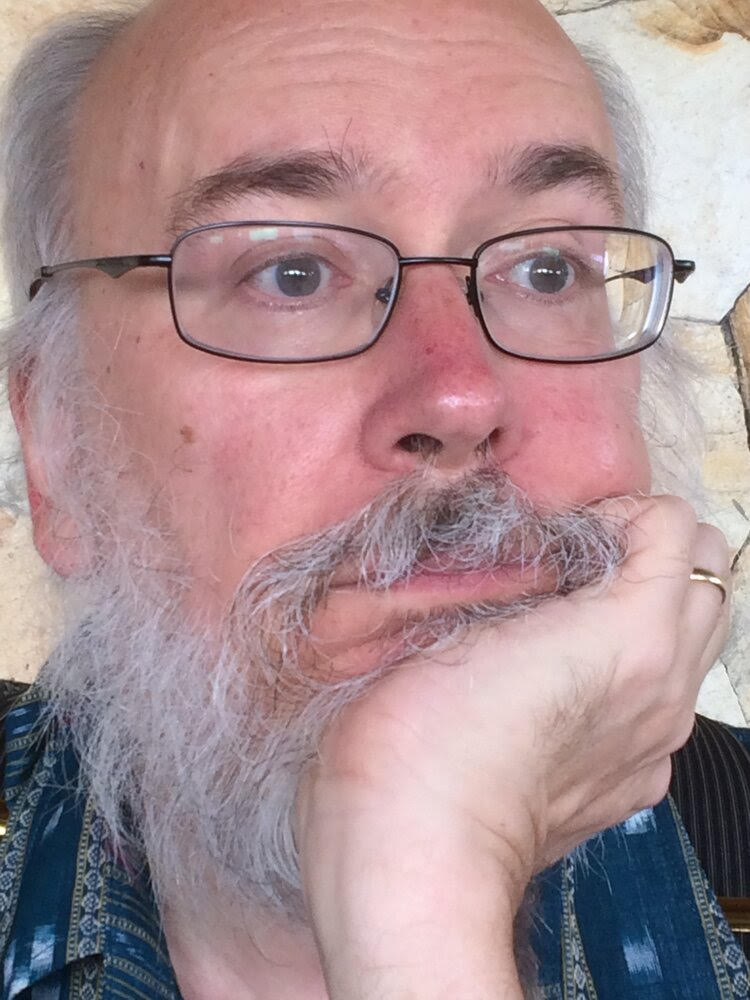 Henry
Henry
 Rachel
Rachel Rheagan Eric
Rheagan Eric Leeza
Leeza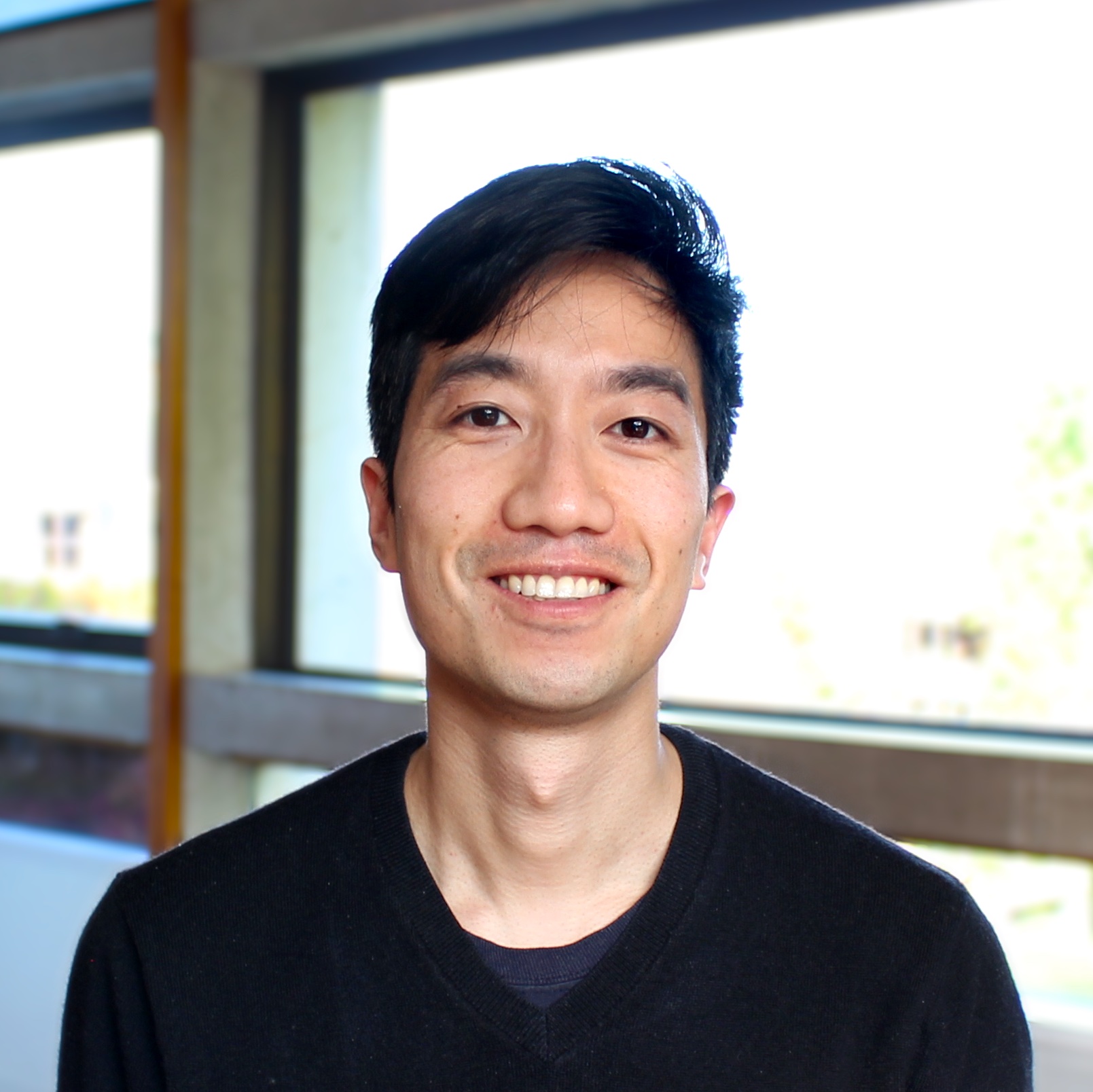 Morgan
Morgan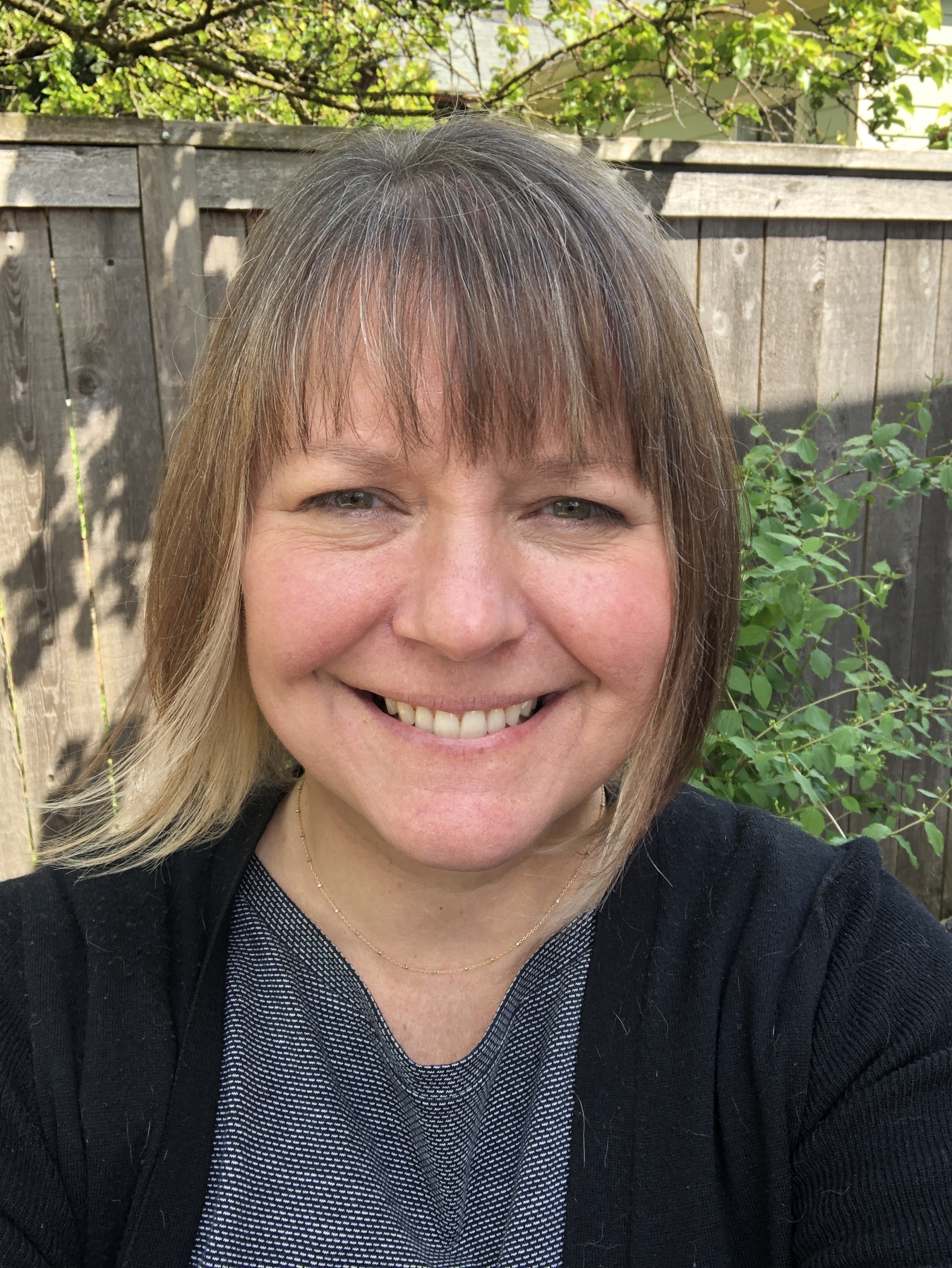 Stephanie
Stephanie Sugata
Sugata Jessica
Jessica Sulafa
Sulafa